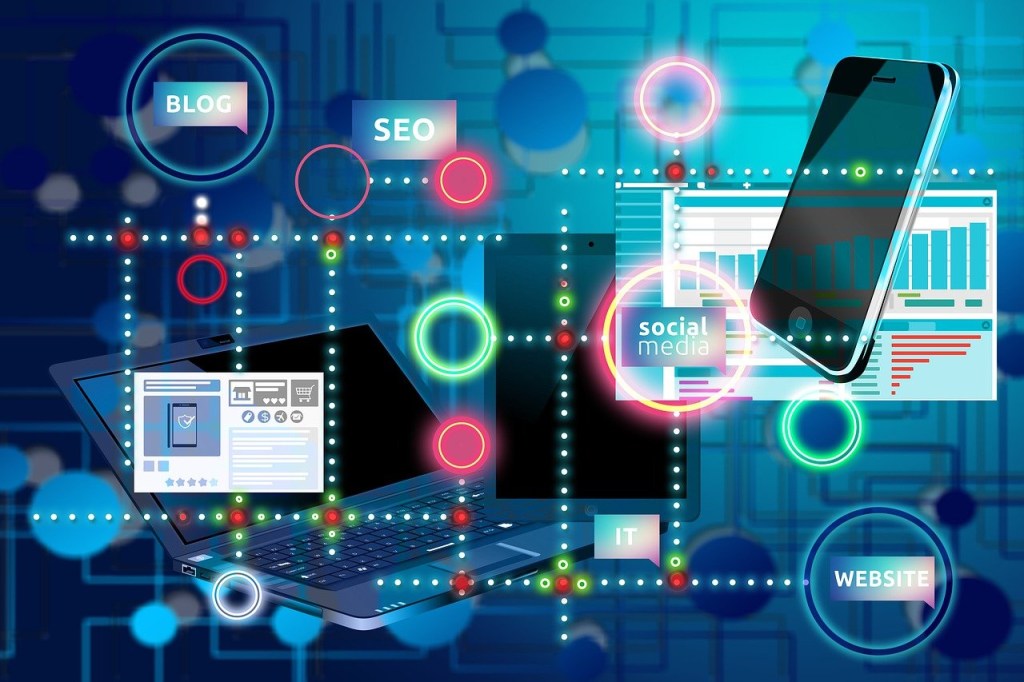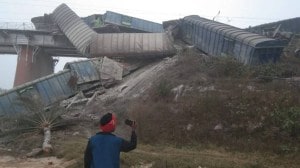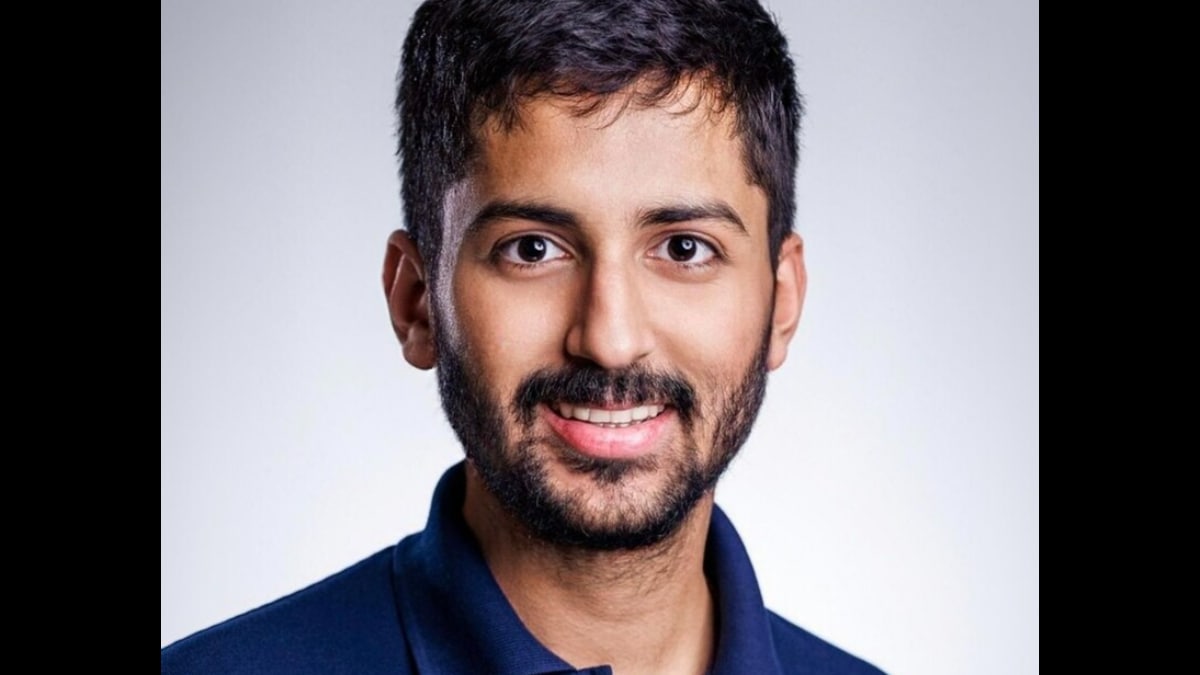By Robyn Wright
The arteries of the modern world – the power grids, water systems, and communication networks that hum beneath the surface of our daily lives – pulse with the rhythm of the digital age. But this interconnectedness, a boon for efficiency and productivity, is a double-edged sword. Lurking in the shadows of progress are those who seek to exploit vulnerabilities, wielding the weapon of cyberattacks against the very infrastructure that keeps our society afloat. Securing this critical infrastructure is no longer an optional box to tick, but a fundamental imperative for national security, economic stability, and public well-being.
According to a 2023 report by the World Economic Forum, cyberattacks on critical infrastructure increased by 35% globally in the past year alone. The potential consequences of such breaches are chilling – plunging cities into darkness, crippling hospitals, and disrupting vital communication networks across continents. The cascading effects could devastate economies and endanger countless lives. Despite so many challenges, there are signs of hope and resilience emerging. Recognizing the gravity of the threat, governments, businesses, and security experts are forging a united front. At the heart of this fight lies a fundamental truth: securing critical infrastructure isn’t just about technology; it’s about people.
From Fortresses to Ecosystems: The old “castle-and-moat” approach to cybersecurity, with its perimeter defenses and technological fortifications, is proving inadequate. In the digital age, critical infrastructure must be viewed as a living ecosystem, where every individual node – from the CEO to the technician – plays a vital role in safeguarding the whole. This necessitates a broad-based approach, where awareness and training become as crucial as firewalls and intrusion detection systems. Every employee, across all levels of an organization, must be equipped to identify and report suspicious activity, understand basic cybersecurity hygiene, and become an active participant in the defense network.
Technology, of course, remains a critical partner. Investing in next-generation solutions like artificial intelligence, threat intelligence platforms, and anomaly detection systems can provide invaluable insights and automate repetitive tasks, freeing up human resources for strategic analysis and response. But technology alone is not the silver bullet. Three-quarters (74%) of CEOs have reported concern about their organizations’ ability to avert or minimize damage to the business from a cyberattack according to a report from Accenture. According to the IBM Cost of a Data Breach report 2023, the global average cost of a data breach in 2023 was $4.45 million, 15% more than in 2020. These statistics underscore the critical need for a human-centric approach that integrates technology seamlessly with robust employee training and a culture of security awareness.
Futureproofing the Framework: The threat landscape is ever evolving, with adversaries constantly adapting their tactics to exploit new vulnerabilities. To stay ahead of the curve, organizations must embrace a culture of continuous improvement. Regularly conducting risk assessments, updating protocols, and actively testing defenses are all essential tactics to anticipate and pre-empt potential attacks. This requires agility and flexibility to adapt security strategies and keep up with rapidly changing technologies and emerging threats.
In the face of sophisticated and cost-effective threats, organizations grapple with risks exploiting the human element. Security teams need to continue to influence and implement security hygiene, continued vigilance, and heightened awareness across the enterprise. Educated employees can contribute to a more secure environment as opposed to one that is highly susceptible to attacks. Just when many CISOs thought their enterprise has moved the needle, along came Gen AI, which has further raised some alarming concerns. Will AI conquer the human element or will human intuition, psychology, human fortitude, and determination win? We’ll see how this unfolds in 2024 and beyond. Technology, when balanced and cost effective, provides the organization with the technological protections needed to thwart threats.
Collaboration is Key: No single entity can effectively combat this complex challenge alone. Public-private partnerships, international cooperation, and the sharing of best practices are crucial to building a comprehensive and resilient defense network. Governments must provide clear regulatory frameworks and invest in research and development, while businesses need to share intelligence and collaborate on joint initiatives. Only by tackling today’s cyber challenges by creating a united front can we create a robust ecosystem where critical infrastructure thrives despite the growing threat of cybercrime.
Securing critical infrastructure in the digital age is not a task for tomorrow. Rather, it’s a race against the clock taking place right now. By focusing on human vigilance, technology protection, continuous adaptation, and collaboration, we can create a future where our world operates securely without fear of disruption or manipulation. The stakes are high, but the path is clear. Let us rise to the challenge and safeguard the future, one line of code and one vigilant mind at a time.
The author is chief information and security officer, Wiley








